The Iron Horse rides again: The storied Northampton club will reopen at last, May 15
|
Published: 04-26-2024 2:24 PM
Modified: 04-29-2024 8:16 AM |
In late March, the fabled Iron Horse Music Hall, slated to reopen in mid May, was still a pretty raw construction site.
Boards, pipes, boxes, and other materials were piled on the floors, along the walls, and on tables. Extension cords to power saws snaked through the building, and sawdust lay thick upon the floor of the new bar space that’s been added to the Northampton club.
Contractors moved past a table on which an extended blueprint for renovations of the Horse, closed since March 2020, detailed the changes being made, such as the expansion into an adjacent retail space for the new bar and new bathrooms.
Downstairs, additional new spaces, such as an extended greenroom for artists, had been framed out. The finish work, though, seemed quite a ways from being completed.
But Chris Freeman, the executive director of The Parlor Room Collective, which bought the Horse last fall from former owner Eric Suher, said the club was on schedule to meet its deadlines: have construction work wrapped up by the beginning of May, in time for new staff to get acclimated to the space for its opening (and long since sold out) concert May 15.
And Freeman, a past performer and audience member in the club, had his eye on something else: restoring the good vibes and community spirit the Horse had begun generating more than four decades earlier, as a modest coffeehouse blossomed into a small but vital music club that hosted a seemingly endless string of great artists.
“This space is the right fit for a lot of different bands,” Freeman said, standing with the club’s noted balcony framed behind him. “There was so much energy here in the past, and there’s so much great history. We want to bring that back.”
That history began in February 1979, when the original Iron Horse owners, Jordi Herold and the late John B. Riley, opened their Center Street business as a coffeehouse that seated a little over 60 people, with a light menu of beverages, soup and sandwiches, and desserts. It was a casual place where people could hang out, read the newspaper and sip coffee.
Article continues after...
Yesterday's Most Read Articles
Music — mostly folk musicians as well as small jazz ensembles — was also part of the scene, though not the primary focus. Herold, who was teaching social studies in Amherst Regional High School at the time, wrote in his 2014 memoir “Positively Center Street” that he had no grand vision then of the Horse becoming a busy music club.
Yet David Bond, a jazz saxophonist and composer who was one of the first people to play at the Horse, says it quickly became a popular place to hear live music; there were few other spots in Northampton then to do so.
“It was booming from pretty early on,” said Bond, who had studied jazz at the University of Massachusetts Amherst and later played and taught music in New York and a number of other places. (He has now moved back to Northampton.)
“It was a great local place. [The musicians] were all friends, and we liked the atmosphere … [the Horse] served great soup and bread. That’s how we survived,” Bond added with a laugh.
Bond led a jazz trio that played every Friday night for about two years; there wasn’t even a stage at first. “We just played in a corner near the door, right on top of people … it was very intimate.”
After a couple of years, Herold bought out Riley’s share of the business and began adding more folk and acoustic musicians to the lineup. Jim Olsen, the president of Signature Sounds in Northampton, says it was a prescient move, because folk, by the mid 1980s, seemed poised to regain the popularity it had had in the early/mid 1960s.
“Folk music was pretty much out of step with the rest of popular music in [the 1980s],” said Olsen. “But it was on the cusp of coming back, and Jordi really capitalized on that. He brought in artists like Suzanne Vega and Shawn Colvin in the early days of their careers who went on to become really, really successful.”
Olsen, at one time the program director at WRSI-FM, then located in Greenfield, was living in Peterborough, New Hampshire in 1984 when he made his first trip to the Horse; he saw Bill Morrissey, the late New England singer-songwriter who would become a celebrated performer in acoustic music circles by the early 1990s.
“I’d been hearing about this club in Northampton, and I wanted to see it for myself,” said Olsen. And after moving to the area about a year later and coming more regularly to the Horse, it became clear to him something special was happening there.
“It’s just kind of staggering to think of the number of great acts that came through there,” he said. “It really helped put Northampton on the map.”
That came despite the Horse, in its early days, having a stage the size “of a postage stamp,” as Olsen puts it. Plenty of bands still squeezed onto it. Olsen recalls seeing electric blues greats like Buddy Guy and Junior Wells, and other artists as varied as Stan Getz, Lucinda Williams, and Dr. John.
The club added a balcony in 1980, increasing seating to 85, and it doubled its size and seating capacity in 1989 by taking over a vacant adjacent retail space. A larger stage was added, allowing a greater variety of bands — rock and roots, reggae, zydeco, Afropop — to play.
The Horse became known as a good stopover point for artists moving between, say, Boston and New York, as Herold built a lasting rapport with a number of younger artists, or established ones like Richard Thompson, the skilled English guitarist and songwriter. He also earned praise for discovering which acts would be good fits for the club.
And Paul Kahn, who booked hundreds of shows there through a talent agency he founded in Cambridge, Concerted Efforts, said musicians he worked with appreciated that audiences at the Horse “had come there for the music — they weren’t there just to have a night out and eat dinner and maybe hear a band on the side.”
Kahn said Herold could be a tough negotiator when it came to musicians’ fees, though he could also show flexibility. Khan recalls bargaining with him to get a better fee for one of his clients, the great jazz saxophonist Stan Getz.
And if musicians who played the Horse “maybe weren’t going to buy real estate” on what they earned there, Kahn noted, they also “felt they were treated well, and they loved the feel of the place, and that it had good sound.”
It’s hard to pinpoint exactly what that “feel” of the club was for so many years. But a number of regional musicians can recall the emotional resonance of a good night at the Horse.
Multi-instrumentalist Jim Henry of Shutesbury, who’s gigged on tour and in the studio with dozens and dozens of artists in his career — Mary Chapin Carpenter is one big name in particular — estimates he’s played at the Horse “at least 75-100 times over the years.”
“My first memory of playing there was right after it expanded,” he noted in an email. “I was with a folk trio called Henry, Holmes, and Feld. I believe we might have been one of the first acts” in the club after it doubled its size in 1989.
But Henry says his favorite moment at the Horse came when he was in the audience for a show in the late 1990s. Jazz legend Wynton Marsalis, who’d played at the club in its early days, returned for a series of concerts over five straight nights with a full band as they readied for a European tour.
Marsalis “had a 10 piece band that barely fit on the stage,” Henry recalled. “At one point the band quiets and Wynton walks off stage. He slowly wanders through the audience playing his trumpet. It’s hard to describe the majesty of that moment. Time stopped. We were in the presence of pure love. Greatest musical moment of my life.”
Getting a gig at the Iron Horse could also be a huge deal, emotionally and career-wise, for upcoming players.
Erin McKeown, the versatile Franklin County guitarist and singer-songwriter whose music covers multiple styles, began playing a monthly set at the former Fire & Water Cafe in Northampton in the late 1990s, when they were still a student at Brown University; the shows drew more and more people, McKeown said in an email.
Then one night, Herold was there to watch a set — this after “I had been bugging him by email and mail for a gig, to no avail,” McKeown said. Following that, Herold had McKeown open a show at the Horse.
“I don’t remember who the headline artist was, but I remember the pay was $50, and I felt like I had made it,” McKeown said. A year or so later came another big step: McKeown’s first headine show at the Horse, “which also felt like a huge career milestone.”
The appeal was not just in playing in a storied club that had featured many other talented artists and was a nice achievement to have on your resume.
“I have always loved the view from the stage,” said McKeown. “The wood and the lights and the balcony are so evocative and warm. Folks are right there at your feet and in every sight line you choose. You feel like the audience is with you in the best way.”
And Nerissa Nields, of the longtime Valley folk-rock band of that name, recalled in February 2019, as the Iron Horse celebrated its 40th anniversary, the moment when her band played its first headline show there, in early 1993.
“We just fell in love with the Iron Horse,” Nields told the Gazette. “Looking out at the candles on the tables, feeling the energy of the crowd — it felt like a magical place.”
More changes came to the Horse in 1994, when Herold sold the club to two area musicians, Craig Blaine and Jo Thomas, who ran into financial problems and in early 1995 said they’d have to close the club unless another buyer stepped in. Then Suher, the Holyoke businessman, bought it later that year after it had been closed for several months.
Under Suher, who also ran Pearl Street Nightclub in Northampton and renovated and reopened the Calvin Theatre as a performance hall in the late 1990s, the Iron Horse continued to be a vital place for music. Herold also returned to work there for about 10 years as talent buyer.
But the club’s warts also became more apparent over the years — especially its bathrooms and greenroom.
Henry and McKeown don’t mince words about those facilities: “They were disgusting.” And, McKeown noted, those places were “really really disgusting towards the end of my time there.”
As a consequence, McKeown figures they last played the Horse in 2010, after which they “decamped” to The Parlor Room. (But McKeown will be one of the first artists to play at the revamped Horse, on May 17.)
Then there were the “bad sight lines” for some seats, Olsen says, where pillars and balcony railings could impede the view of the stage, while the quality of the food “seemed to go downhill over time … I think Jordi gave it a valiant try, but it didn’t really hold up.”
In the past decade, the Iron Horse also faced increased competition from newer area music venues like The Parlor Room, Hawks & Reed Performing Arts Center in Greenfield, and the former Gateway City Arts in Holyoke (as well as more concerts staged at Northampton’s Academy of Music). Tribute bands and some less notable artists became part of the club’s lineup.
In addition, Suher ran into legal problems, such as a lawsuit former employees filed against him in 2019 alleging wage underpayment and other workplace violations. In 2021, the state attorney general’s office fined Suher $100,000 in the case, which he settled in 2023 by paying $39,000 in penalties and back pay for ex-employees, without admitting wrongdoing.
Though every area club shut down during the worst months of the pandemic in 2020-2021, the Iron Horse was the only one not to reopen later in 2021, leading The Parlor Room Collective to buy the business last fall and launch a fundraising campaign to finance improvements.
Freeman says “a very big chunk” of the roughly $750,000 renovation expense has been funneled into constructing larger bathrooms and a well-appointed greenroom for artists (including a shower), as well as a new HVAC system to address previous complaints of overheating in the club.
Freeman has his own long history with the Horse. He remembers coming up from his Connecticut home as a young teen to see his first show there: a rocking band led by Big Al Anderson, a familiar figure from the club’s earlier days when Anderson was the guitarist and a singer for NRBQ, who’d played the Horse for years.
And more great music followed, Freeman says, as he came to the club as a high school and then a college student. Eventually he was on stage himself as part of the folk-rock band Parsonsfield, which recorded several albums with Signature Sounds beginning in 2013 and gigged throughout the region.
“To be up on that stage, or just to be in the audience — it’s such a great feeling,” he said.
Will the revamped Iron Horse succeed? By mid April, shows were already booked into the fall, and Olsen said others have been set but not yet announced. But with other successful clubs now in the area, such as The Drake in Amherst and the Bombyx Center in Florence, the ability of the Horse to draw good audiences “will be tested,” Olsen said. (He is a member of The Parlor Room Collective’s advisory board.)
But Olsen also sees the reopening of the club as “just great for the area as a whole. It’s such a landmark — it draws people to the region.”
And McKeown added this thought: “The excitement I’ve felt already for the reopening, from all corners of my community and social life in the Valley, has been off the charts. It’s more than nostalgia, it’s actually a very-of-the-moment energy for Northampton.”
Steve Pfarrer can be reached at spfarrer@gazettenet.com.

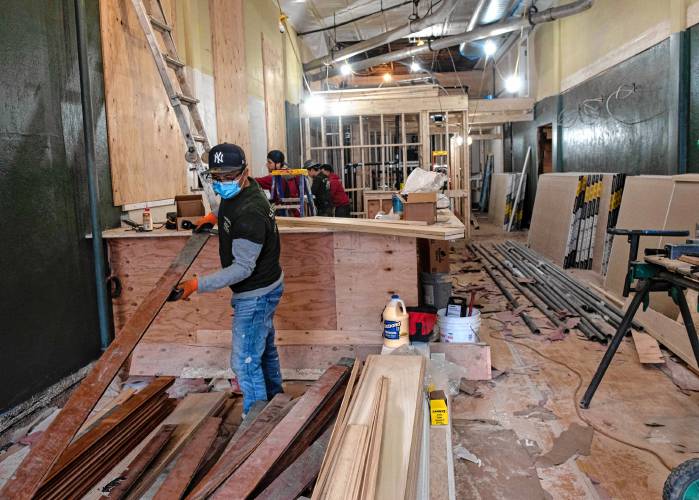
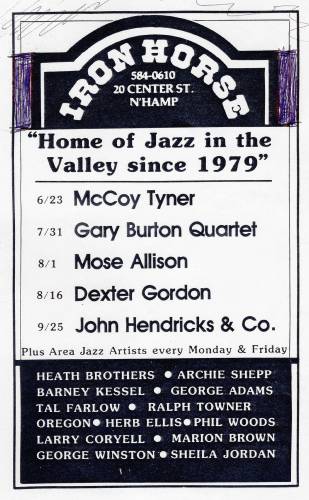

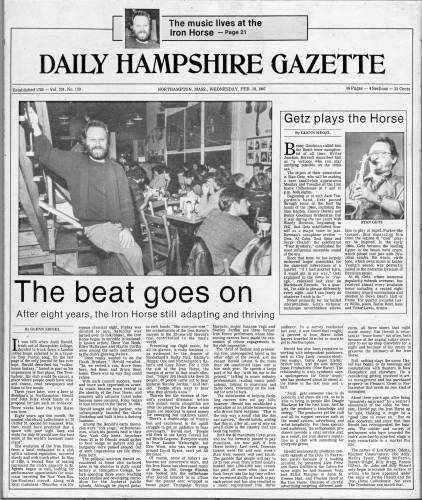

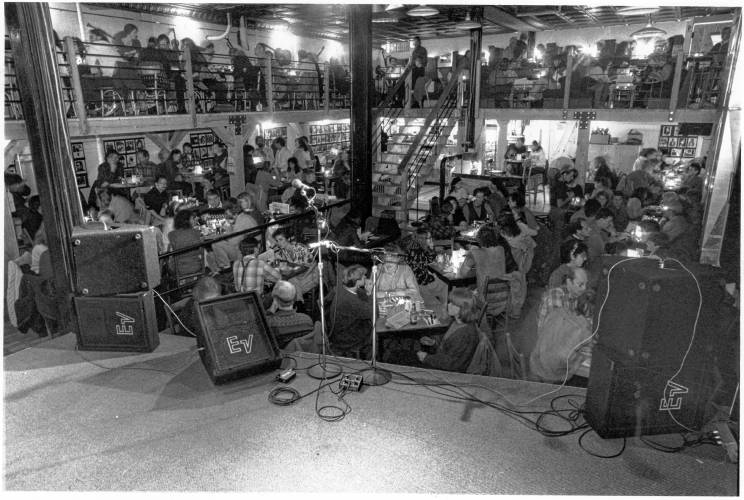
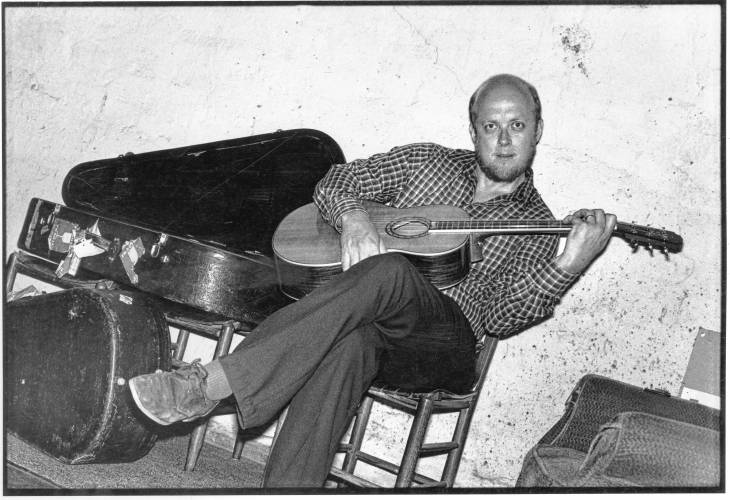
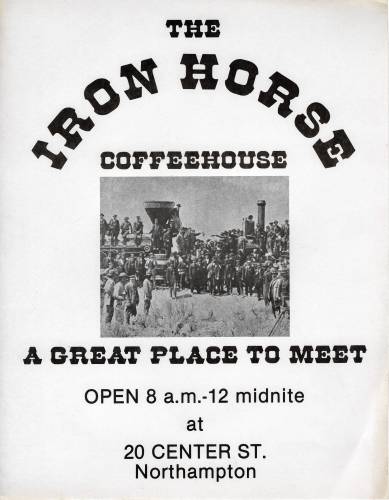
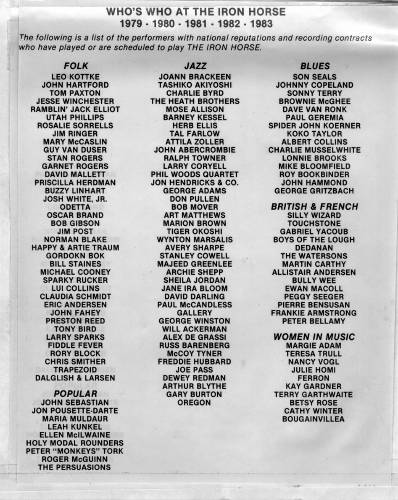
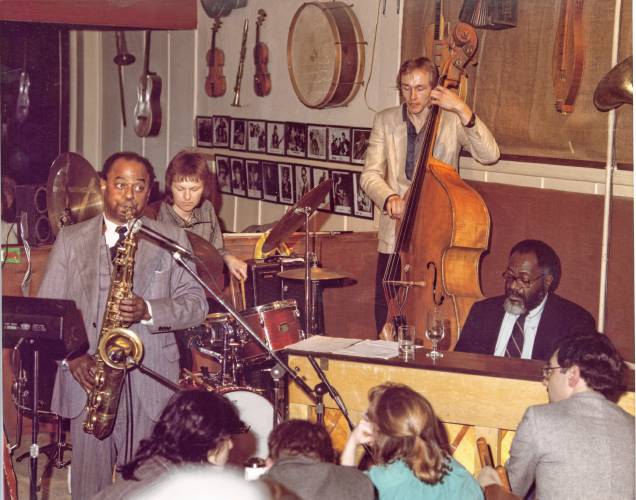
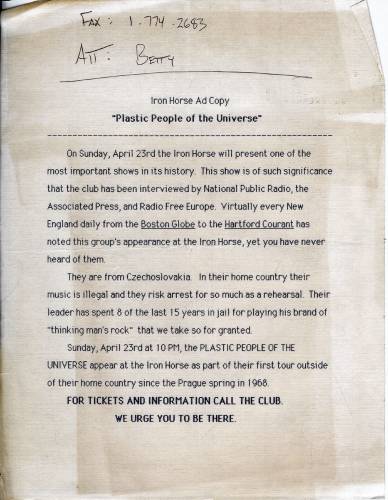
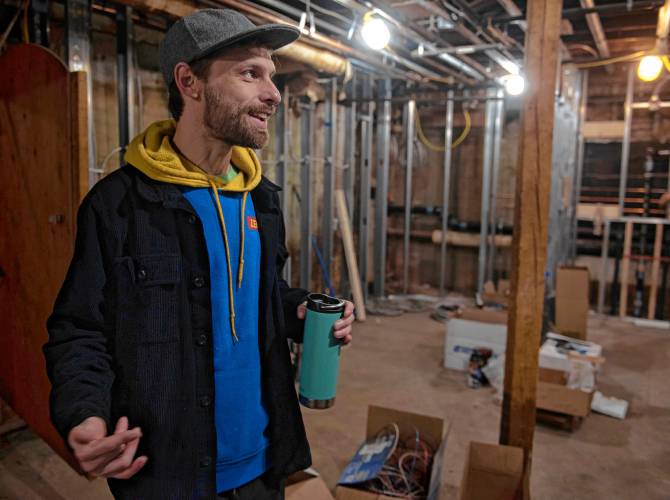
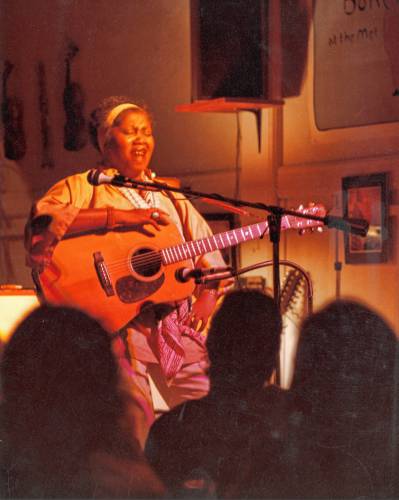
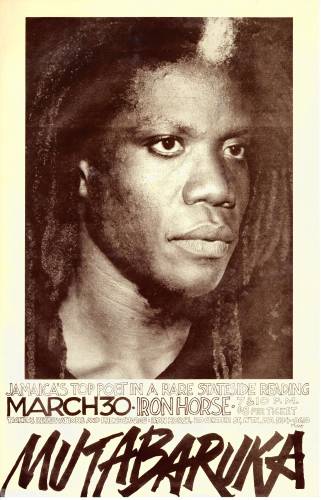
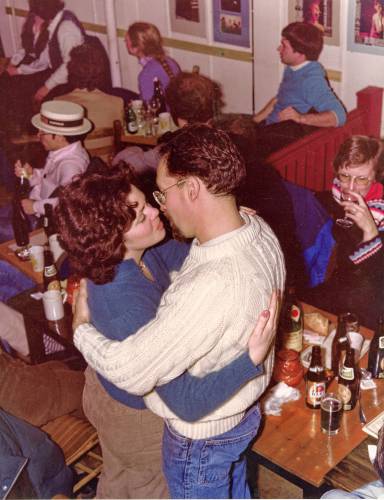
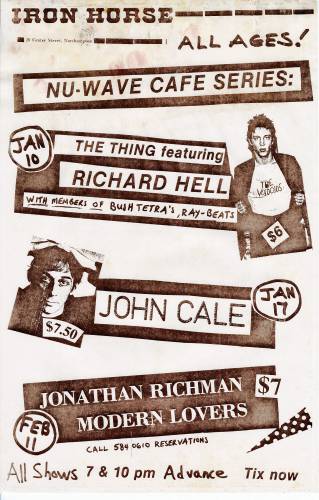
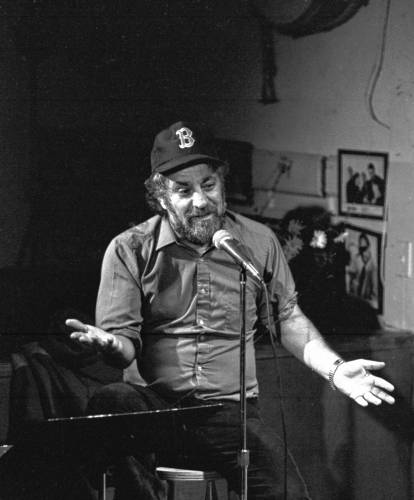
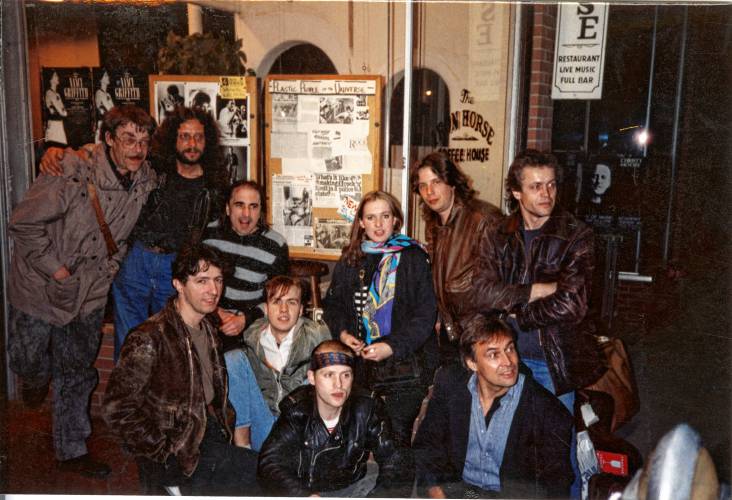
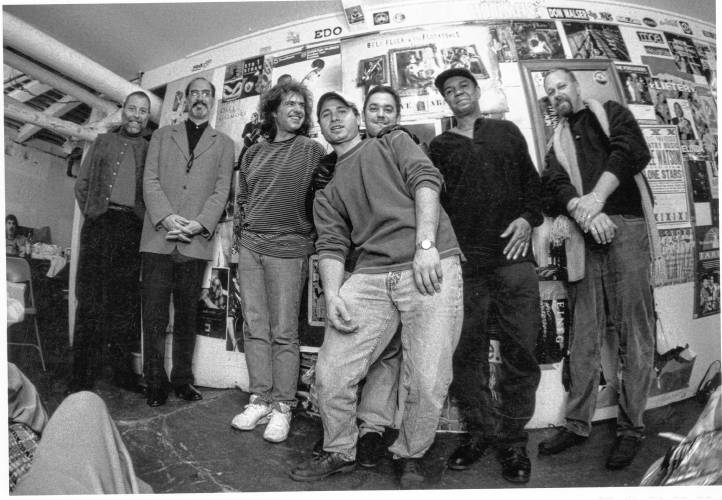
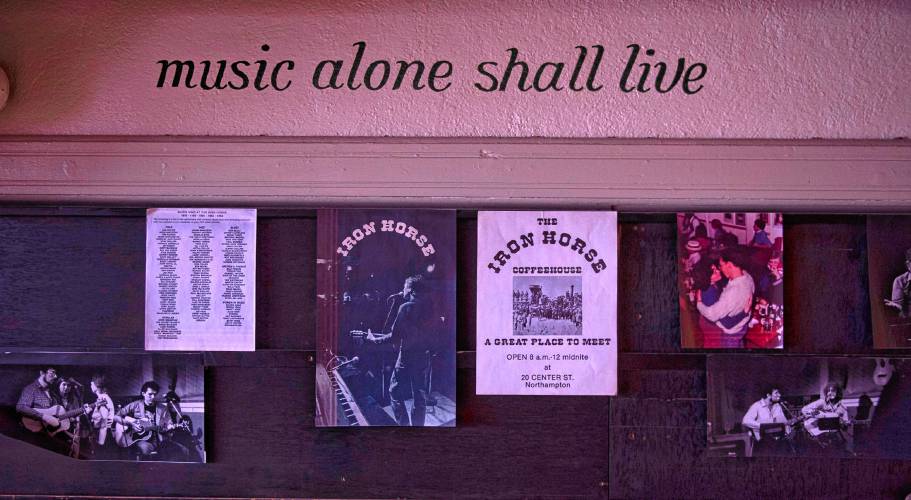
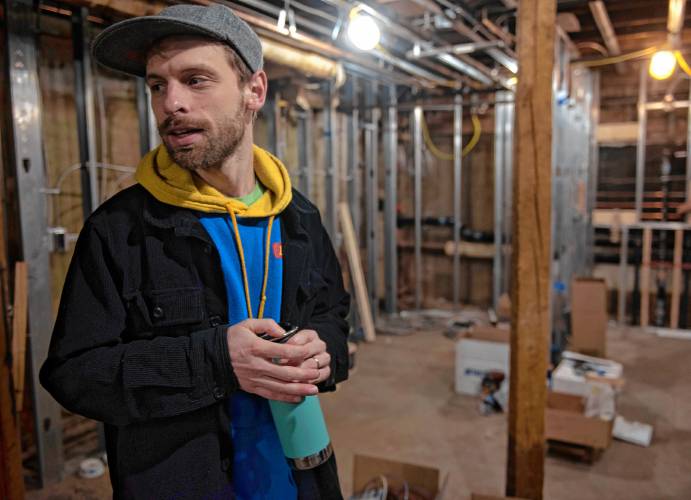

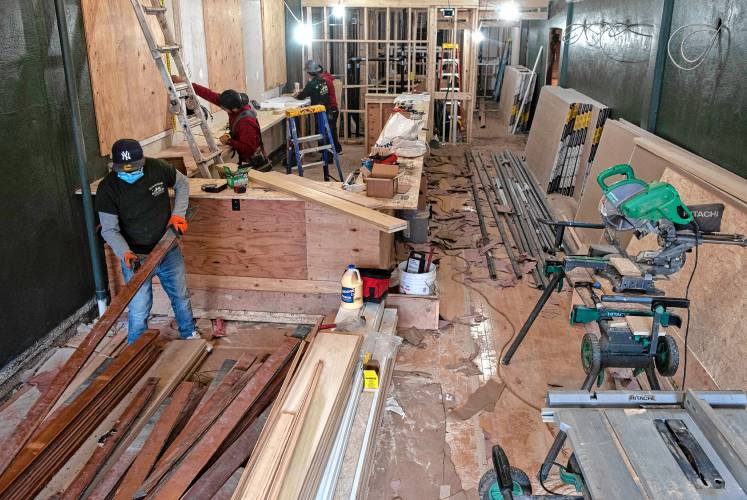

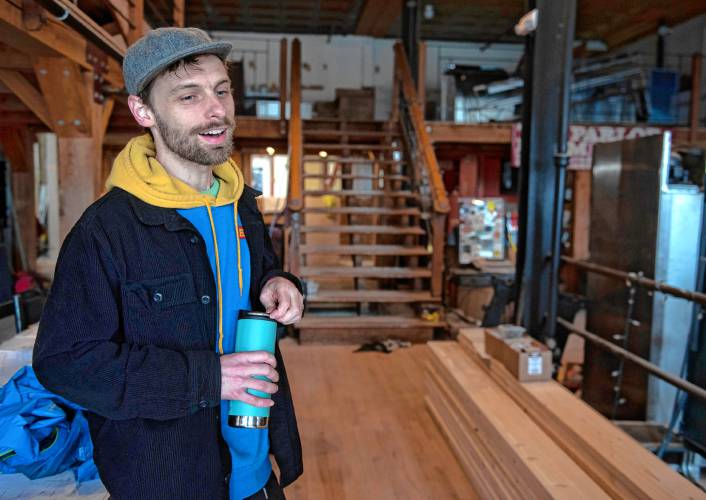
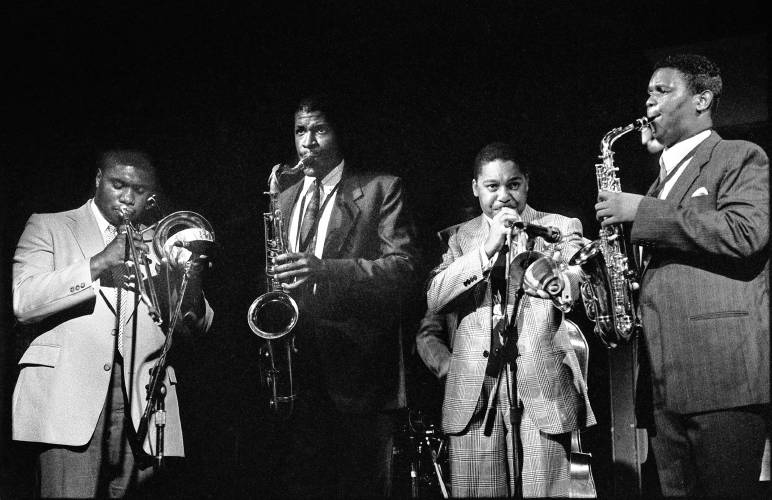
 Easthampton author Emily Nagoski has done the research: It’s OK to love your body
Easthampton author Emily Nagoski has done the research: It’s OK to love your body Earth Matters: Honoring a local hero: After 40 years, Hitchcock Center bids farewell to educator and creative leader, Colleen Kelley
Earth Matters: Honoring a local hero: After 40 years, Hitchcock Center bids farewell to educator and creative leader, Colleen Kelley Valley Bounty: Delivering local food onto students’ plates: Marty’s Local connects farms to businesses
Valley Bounty: Delivering local food onto students’ plates: Marty’s Local connects farms to businesses Let’s Talk Relationships: Breaking up is hard to do: These tools can help it feel easier
Let’s Talk Relationships: Breaking up is hard to do: These tools can help it feel easier
